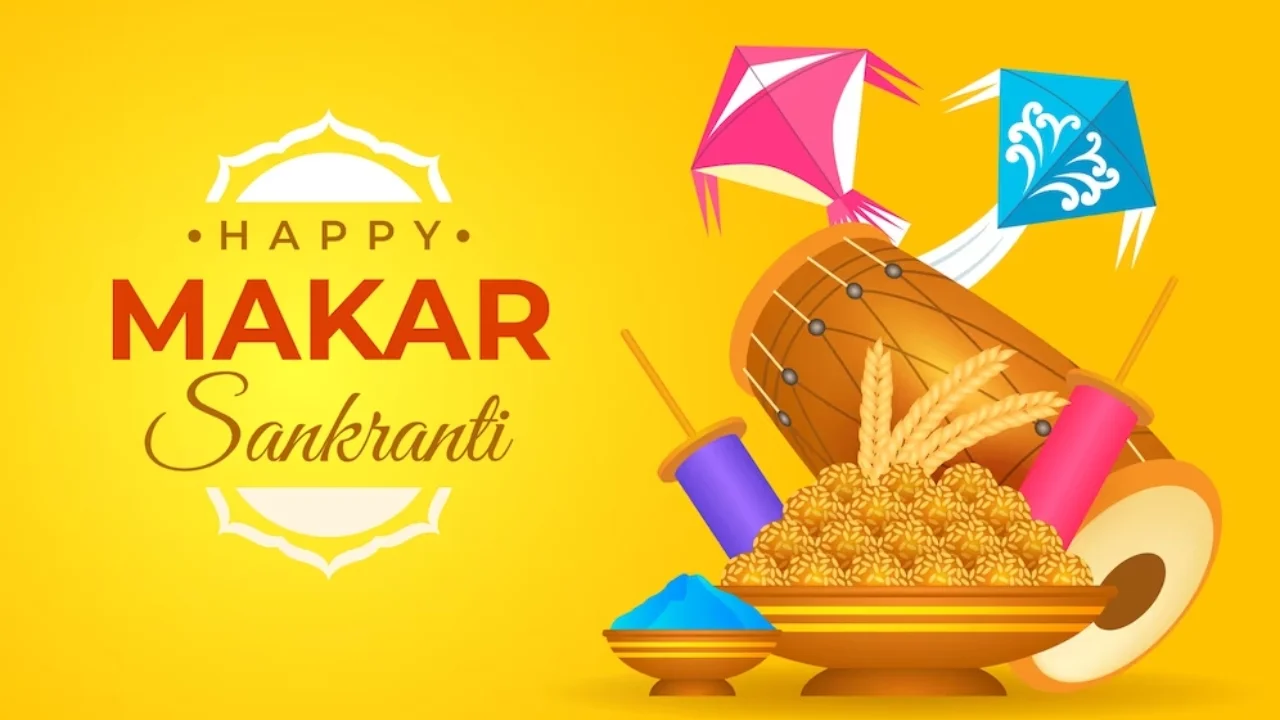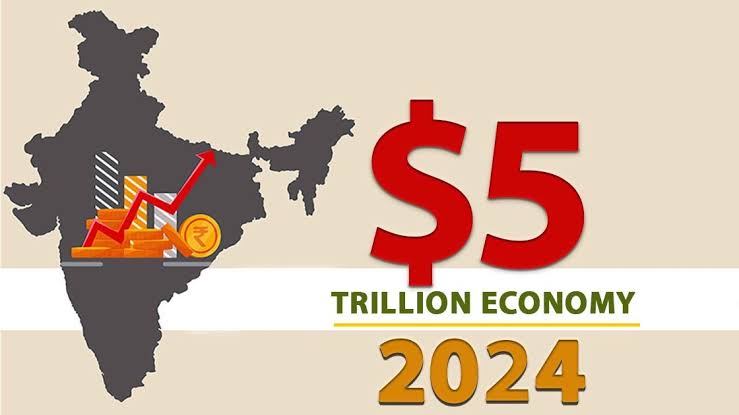The Art of Celebrating Makar Sankranti 2024: History, Significance, and Traditions

Makar Sankranti, also known as Uttarayana or Capricorn Festival, holds a significant place in Hindu observances and festivals. This article unfolds the rich history, cultural significance, and the various ways in which this auspicious day is celebrated across different regions of India.
Understanding Makar Sankranti
1. The Solar Transition
Makar Sankranti falls annually on January 14 (or January 15 in a leap year) and signifies the sun’s transition from Sagittarius to Capricorn. Dedicated to the solar deity Surya, it symbolizes new beginnings.
2. Multifaceted Festivities
Explore the diverse names associated with Makar Sankranti in different regions, from Magh Bihu in Assam to Pongal in Tamil Nadu. Discover the vibrant celebrations, from colorful decorations to rural traditions like children going house to house, singing, and seeking treats.
3. Rituals and Traditions
Uncover the various social festivities tied to Makar Sankranti, including kite flying, bonfires, and feasts. Dive into the historical roots, with mentions in the Mahabharata, and the grand Kumbha Mela that occurs every twelve years.
Date Variations and Astrological Insights
1. Solar Cycle and Date Precision
Delve into the astronomical intricacies that determine Makar Sankranti’s date and time, aligned with the Sun’s entry into Capricorn. Understand how leap years and the solar cycle influence the calendar, bringing about a subtle shift in this auspicious day’s occurrence.
2. Time Dynamics
Explore the time differences between equinoxes, solstices, and Makar Sankranti. Learn about the gradual changes in these celestial events over four-year cycles, highlighting the precision and complexity of astronomical calculations.
Makar Sankranti and Uttar Ayana
1. Sidereal vs. Tropical Measures
Distinguish between the sidereal measure of Makar Sankranti and the tropical measure of Uttarayana. Gain insights into the shifting positions of these events over time, elucidating the fascinating celestial dance of the Earth and the Sun.
2. Historical Coincidences
Unravel the historical alignment of the December solstice and Makar Sankranti, understanding how precession has gradually separated these events. Explore the intriguing coincidence that last occurred 1700 years ago.
Significance and Spiritual Essence
1. Devotion to Surya
Delight in the spiritual significance of Makar Sankranti, dedicated to the Hindu sun god Surya. Trace the roots to Vedic texts and explore the association with the deity Narashansa, a precursor to the final Avatar of Vishnu, Kalki.
2. Spiritual Practices and Celebrations
Discover the spiritual practices associated with Makar Sankranti, including the holy dip in sacred rivers and prayers to the Sun. Uncover the shared cultural practices of making symbolic sweets, emphasizing unity and joyfulness.
3. Pan-Indian Celebration
Appreciate Makar Sankranti as a pan-Indian solar festival celebrated under different names, such as Pedda Panduga, Pongal, and Magh Bihu. Explore the diverse regional names and customs that add color to this festival.

Nomenclature and Regional Diversity
1. Celebrations Across India
Embark on a journey through the diverse celebrations, names, and customs associated with Makar Sankranti in different states and South Asian countries. From Uttarayana in Gujarat to Poush Sangkranti in West Bengal, each region adds its unique flavor to the festivities.
2. Festivities Lasting Days
Understand how Sankranti festivities span two to four days, each marked by distinct names and rituals. From Maghi to Kaanum Pongal, explore the richness of this extended celebration.
Things To Do On Makar Sankranti

FAQs – Unveiling Common Questions
Q1: Why is Makar Sankranti celebrated in January?
A: Makar Sankranti is aligned with the sun’s transition into Capricorn, usually occurring on January 14. This date corresponds to the astronomical event, ensuring a harmonious celebration.
Q2: What are the unique customs associated with Makar Sankranti?
A: Customs vary across regions, but common practices include kite flying, bonfires, feasts, and the symbolic making of sweets, emphasizing unity and joyfulness.
Q3: How does the celebration differ in various Indian states?
A: Each state has its own name and customs for Makar Sankranti, creating a diverse tapestry of celebrations. For example, it’s Pongal in Tamil Nadu and Magh Bihu in Assam.
Q4: Why is Makar Sankranti considered spiritually significant?
A: Makar Sankranti is dedicated to the Hindu sun god Surya and holds spiritual importance. People take a holy dip in rivers, pray to the Sun, and express gratitude for their successes and prosperity.
Q5: How often does the Kumbha Mela, associated with Makar Sankranti, occur?
A: The grand Kumbha Mela occurs every twelve years during Makar Sankranti, attracting millions of devotees for a mass pilgrimage.



